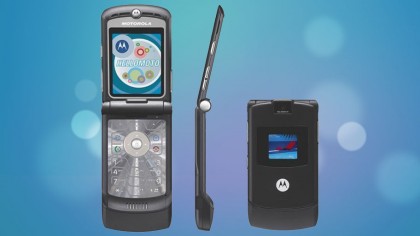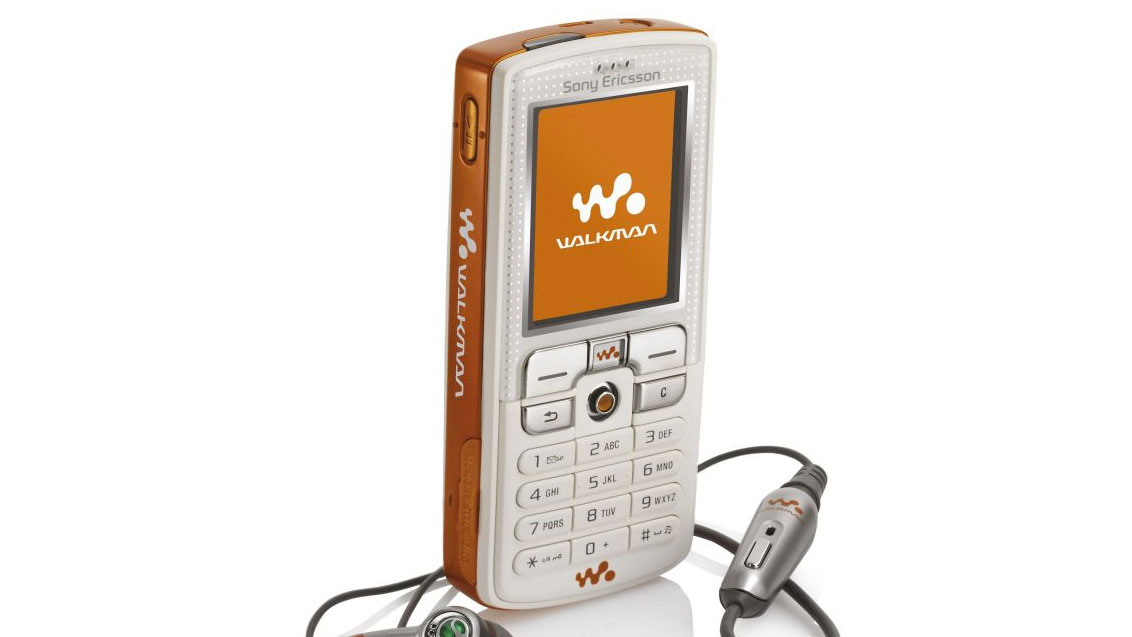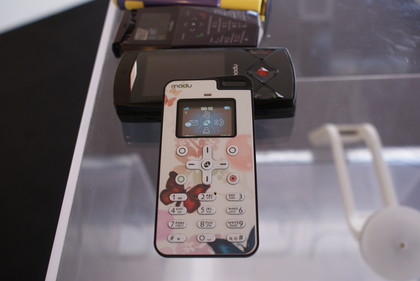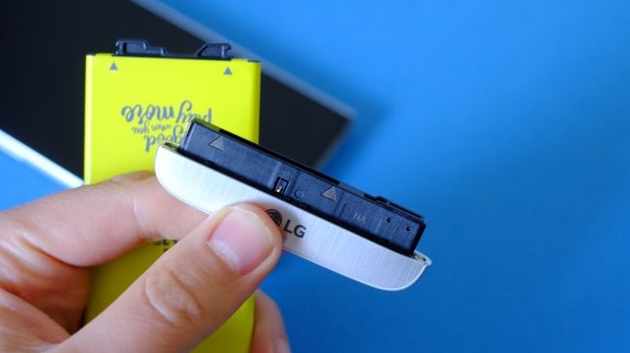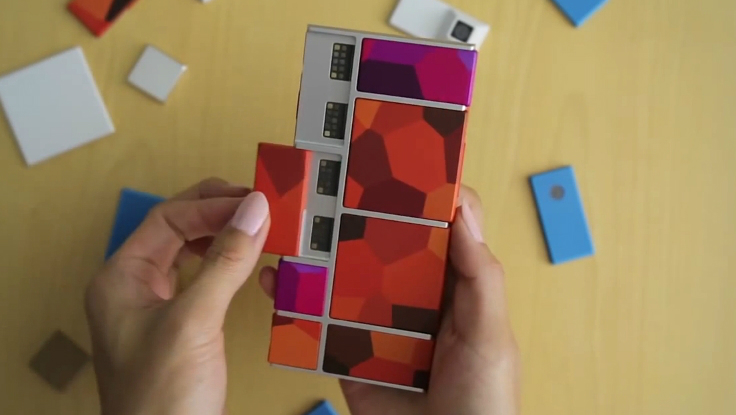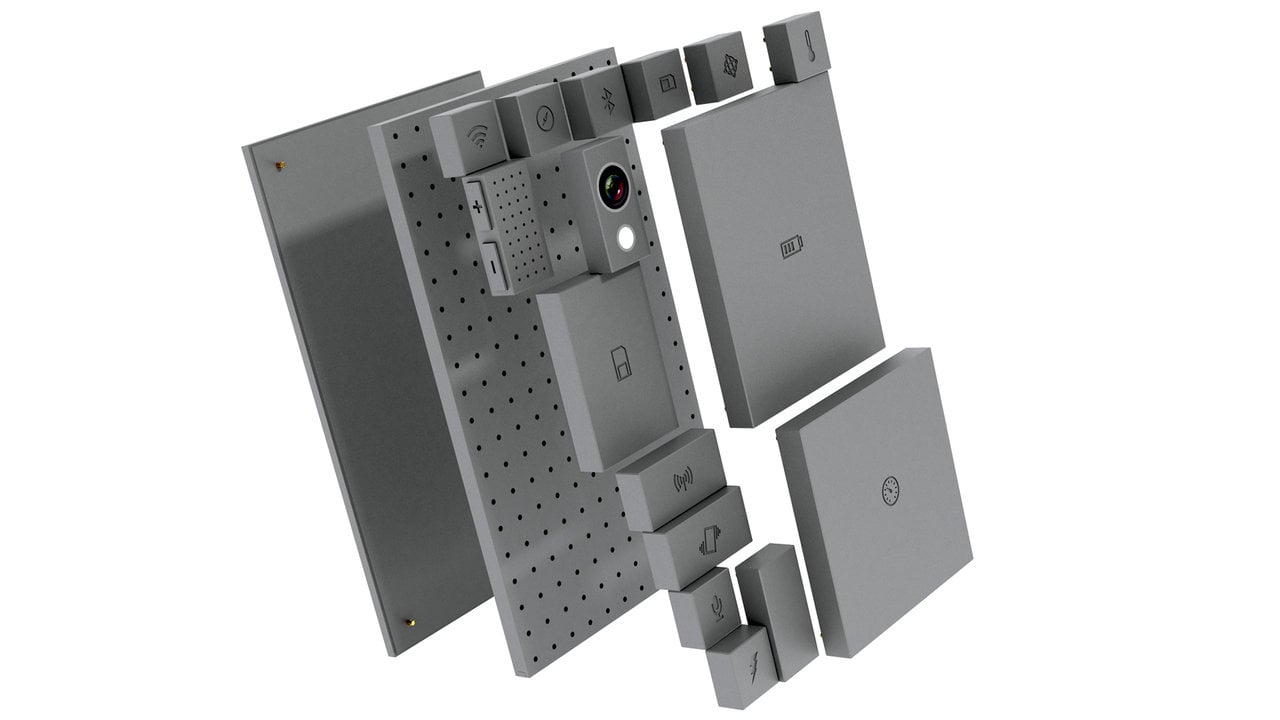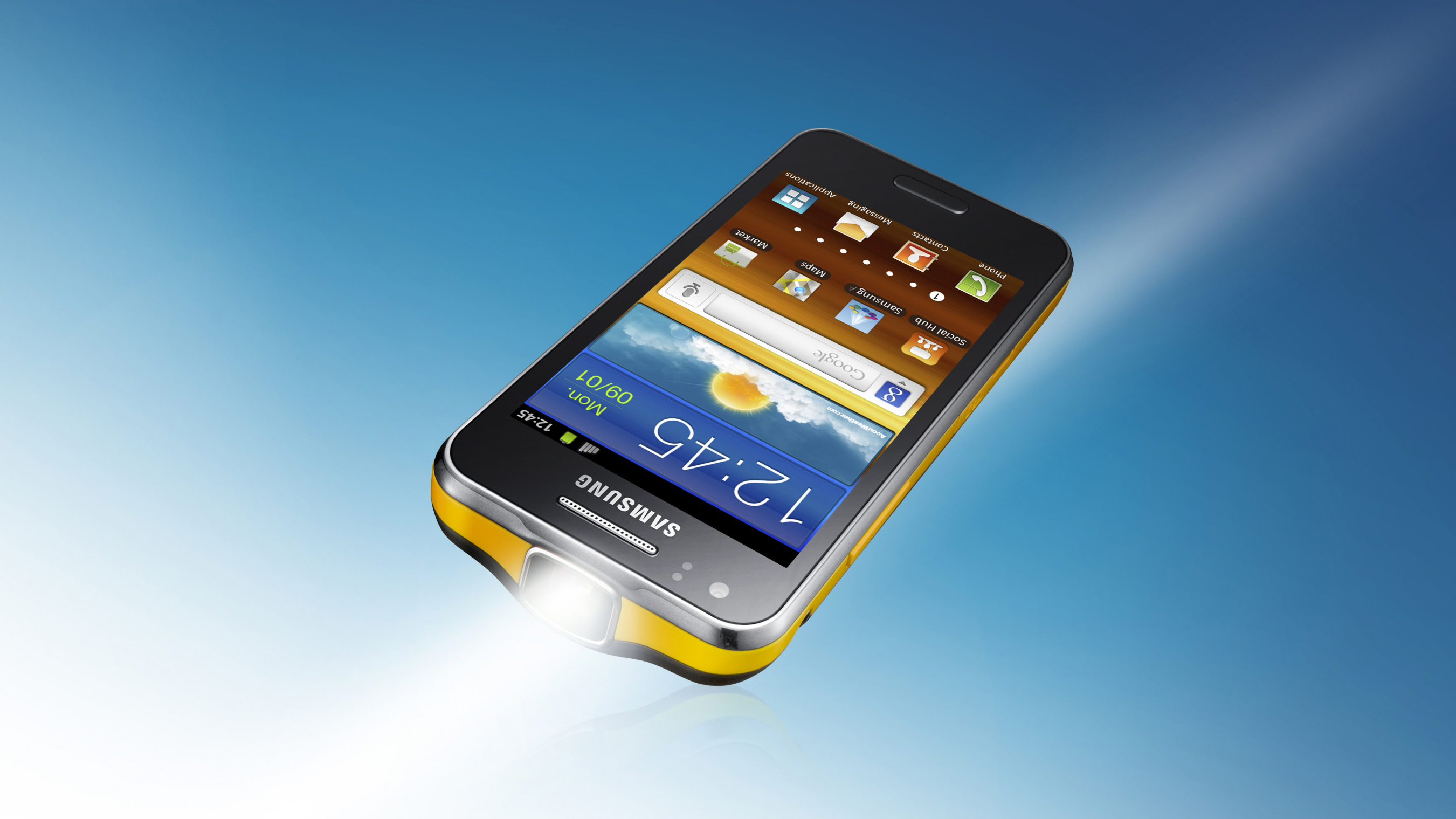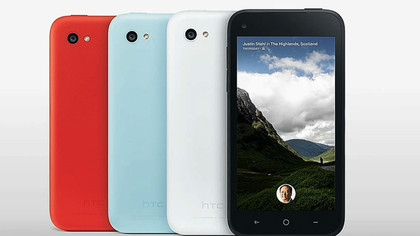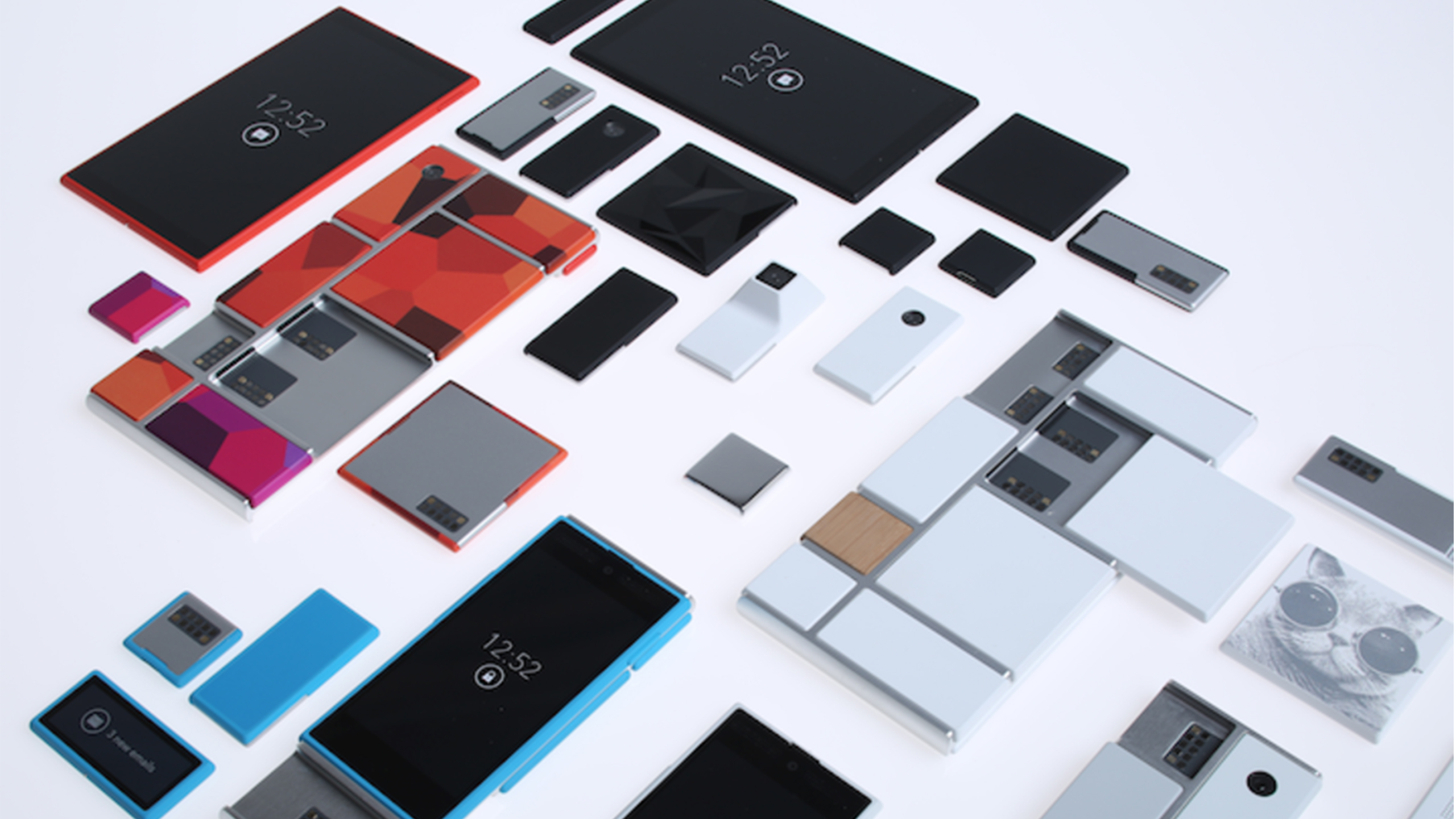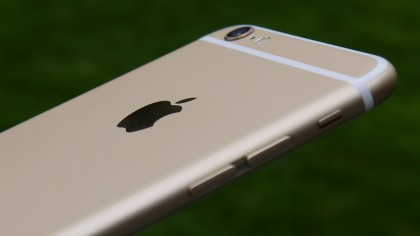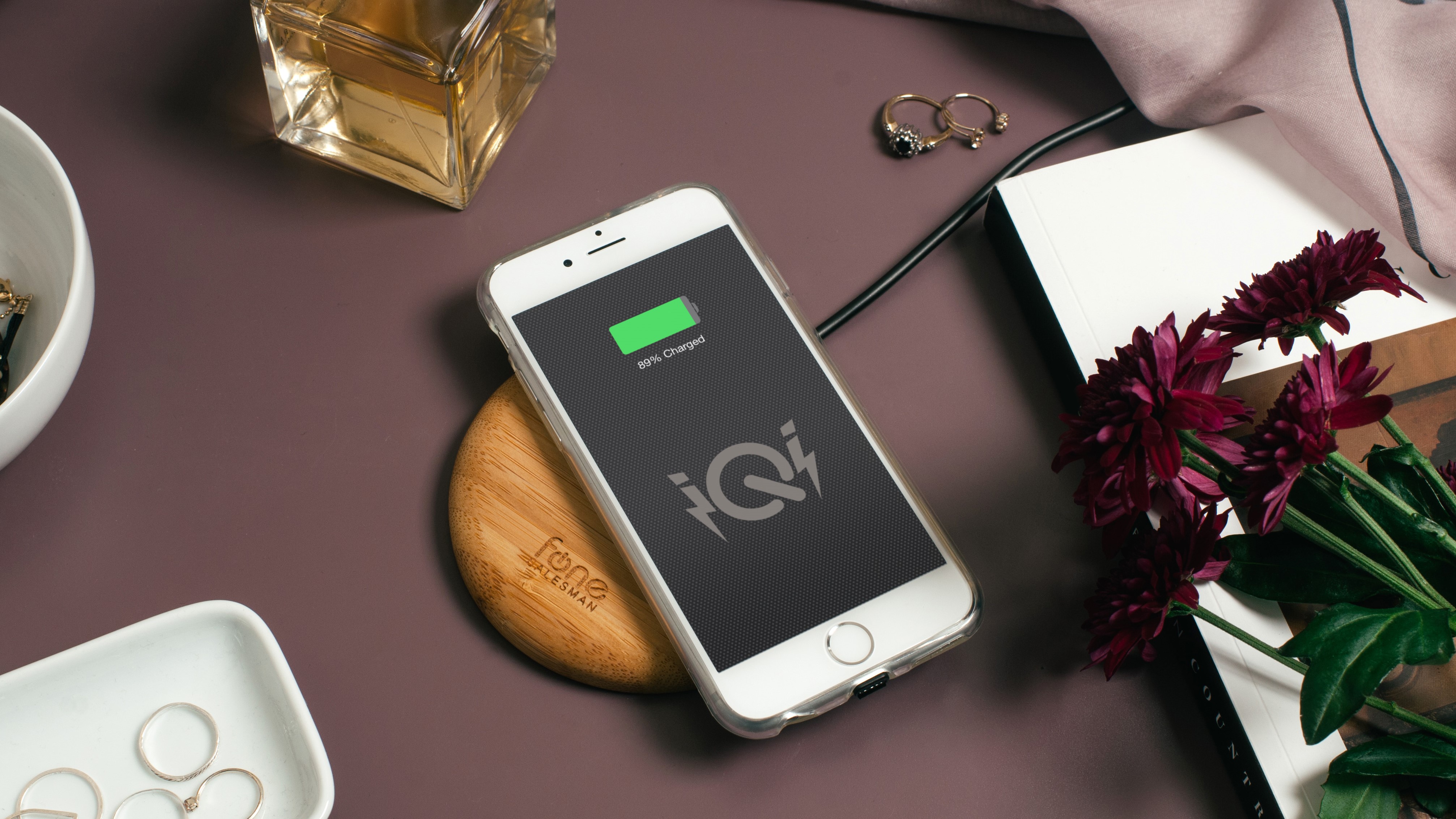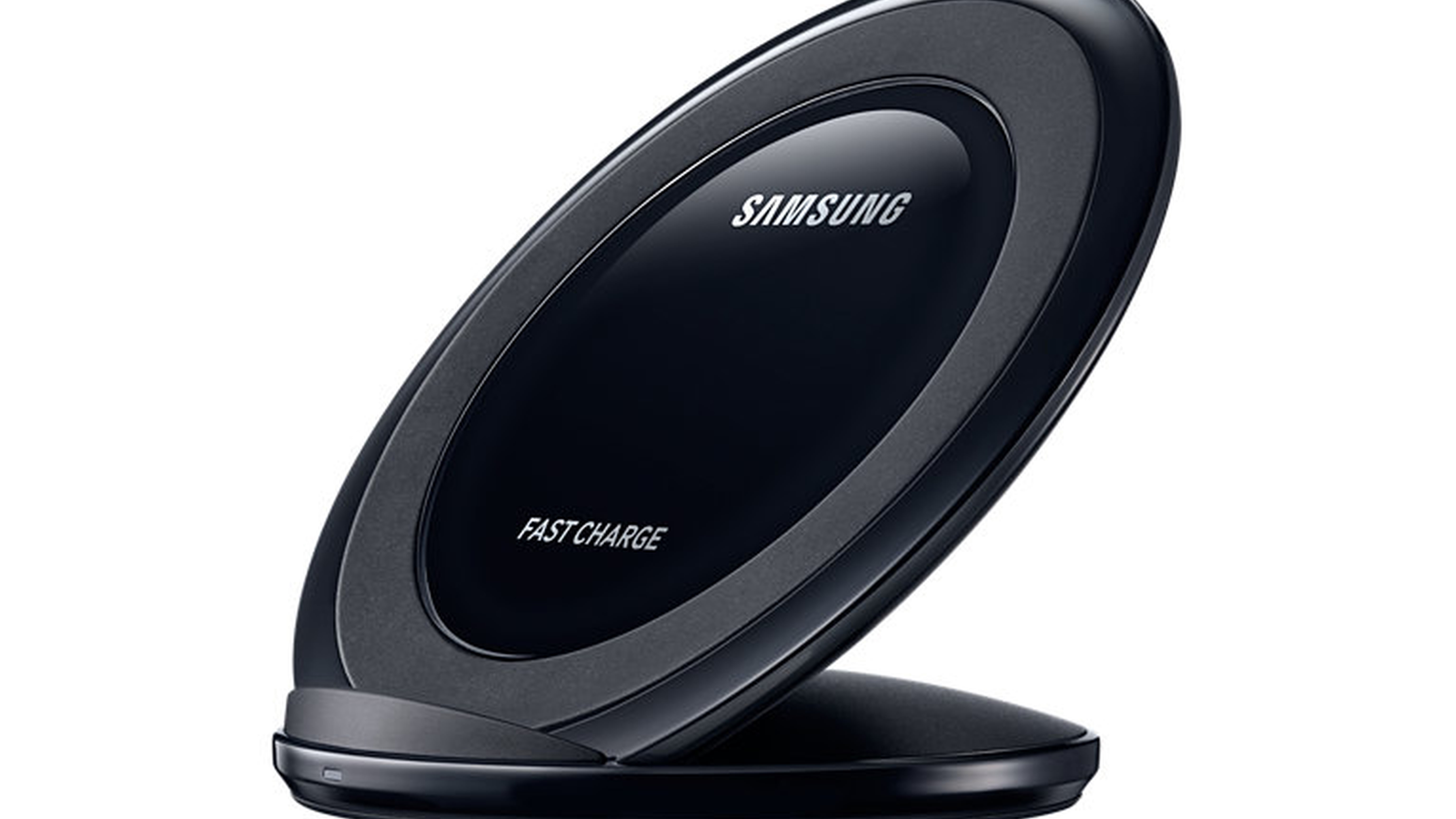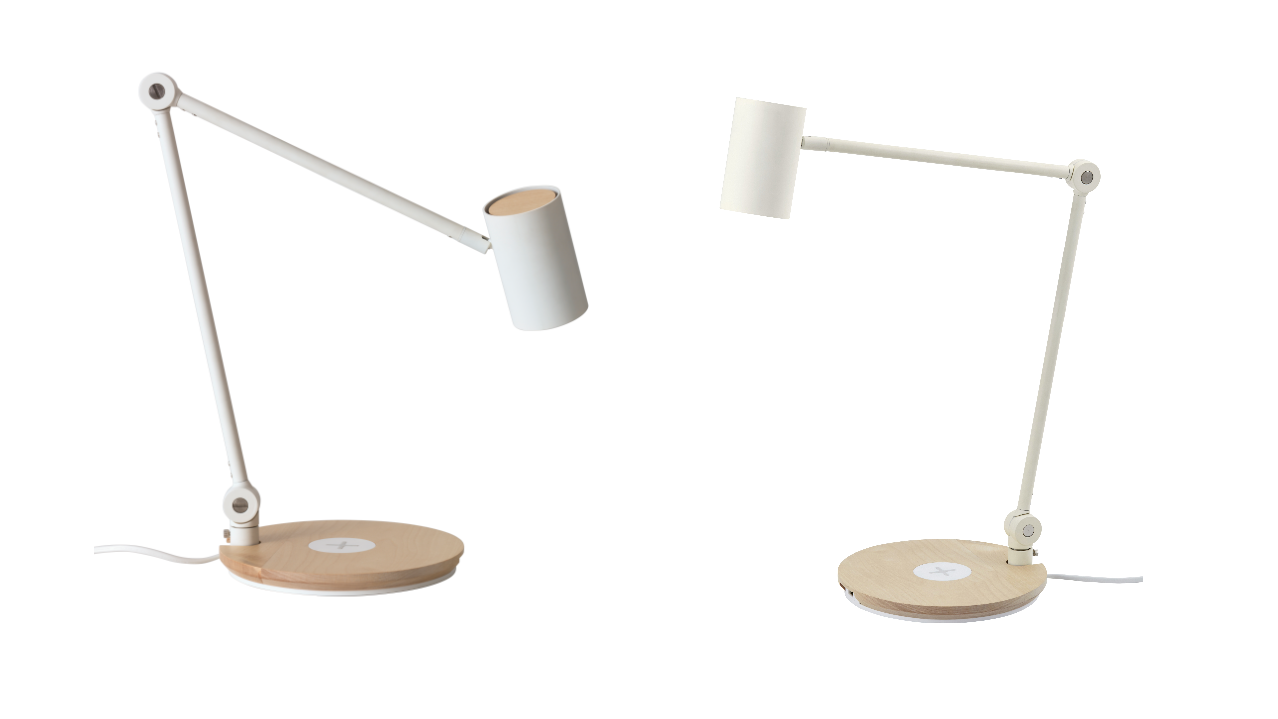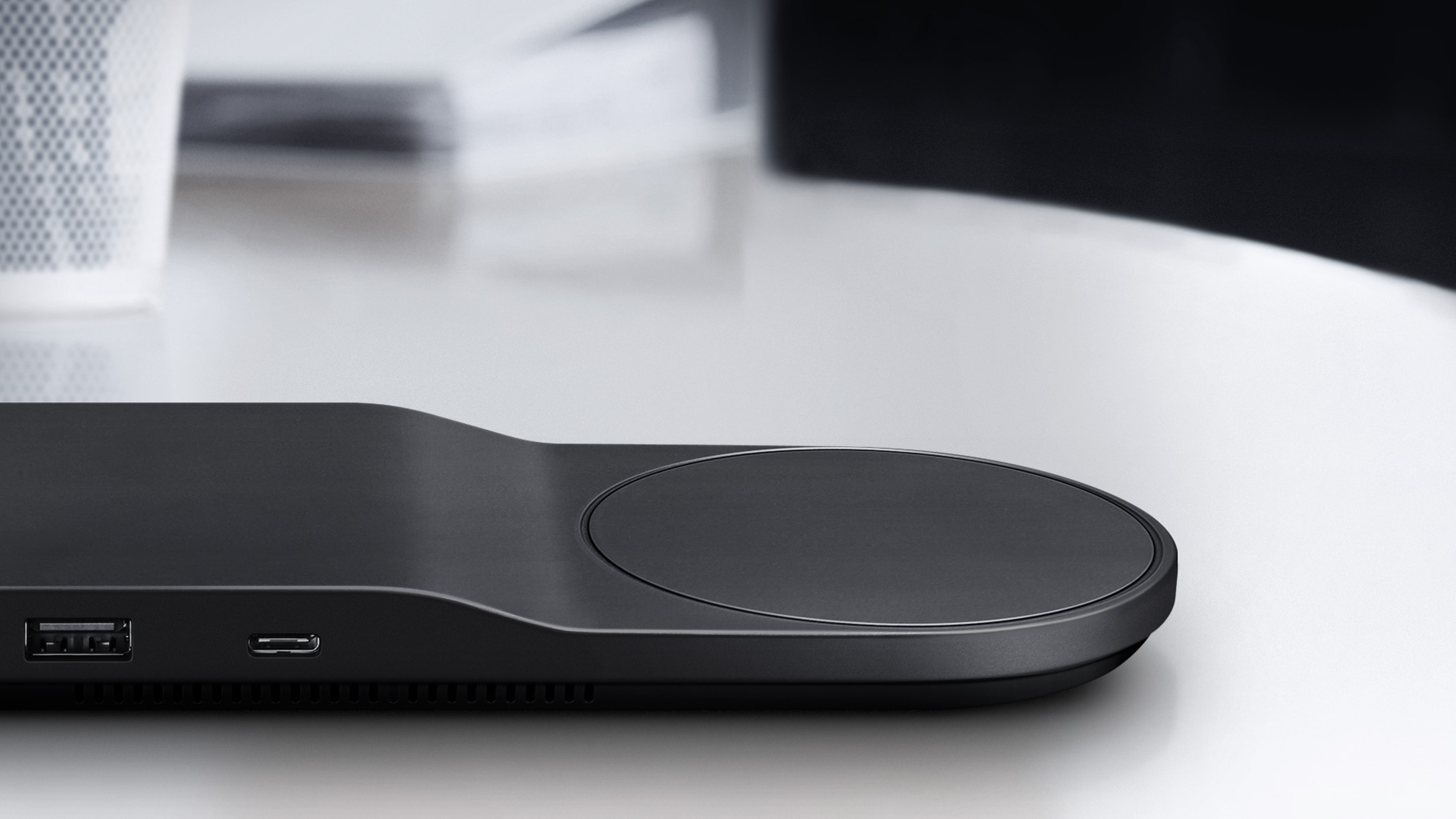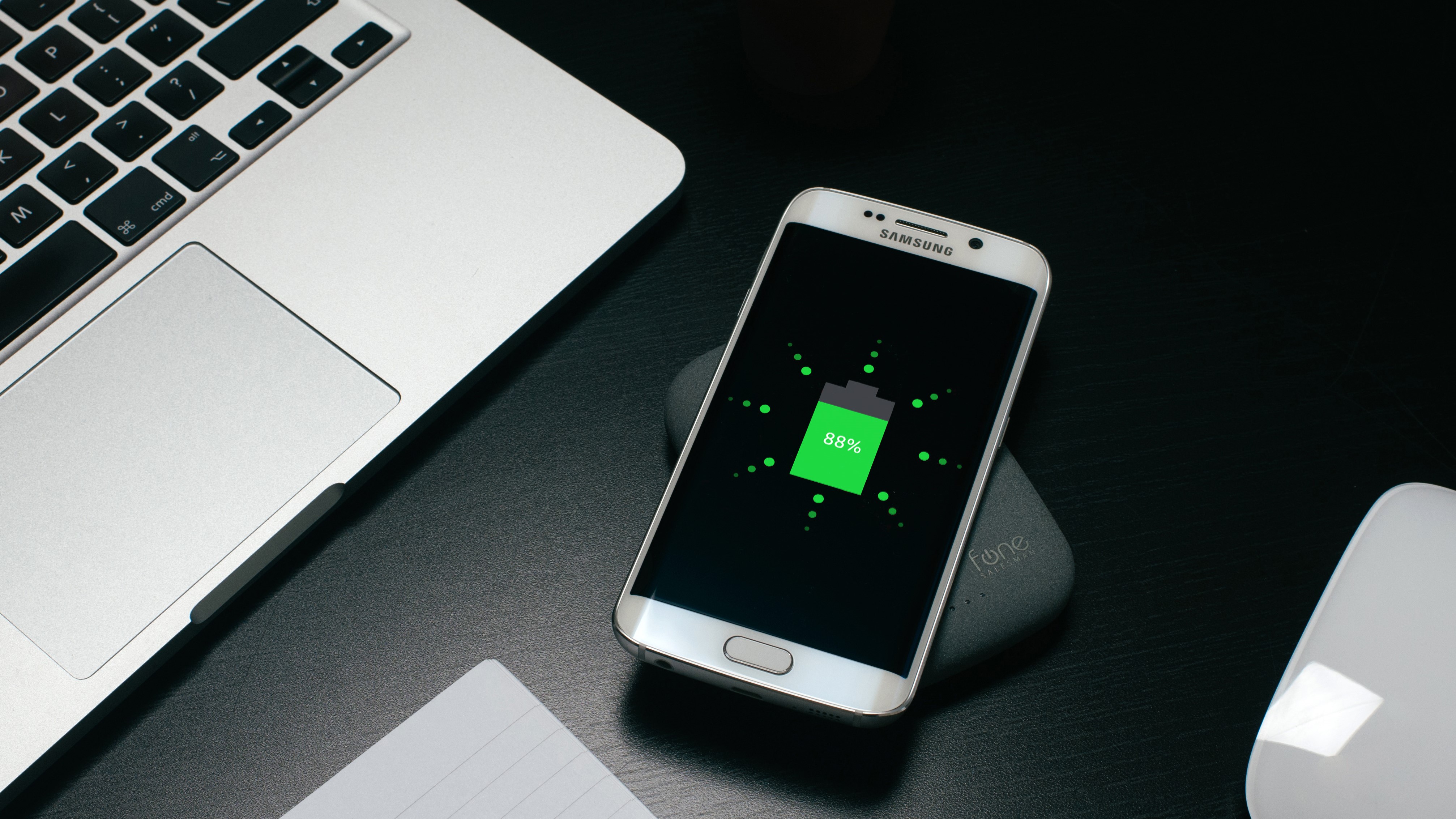Christmas is one of the best times to treat yourself and your loved ones to some shiny new tech, but no one wants to unwrap a lemon.
So we’ve picked out the five best smartphones of 2017 that we've seen, those that take the best photos, offer a top gaming experience, brilliant value or just something we think you should spend a little more on.
Whatever your smartphone priorities, there’s a handset here for you - even if Santa’s left you footing the bill.
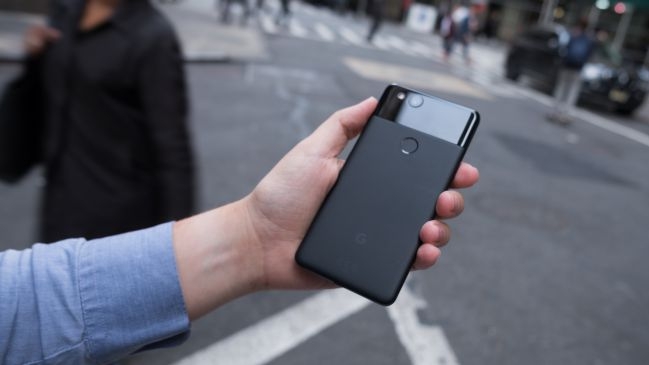
Christmas is all about the memories, and no smartphone will capture them better than the Google Pixel 2. Proving you don’t need a dual camera for beautiful results, its 12.2MP (f/1.8, main) and 8MP (f/2.4, front) shooters consistently turn out sharp, bright snaps you’ll want to show off.
Both cameras offer 2017’s popular portrait mode feature, which blurs the background behind your subjects to give a DSLR-like focus. Low-light performance is excellent, with our photos consistently surprising us with how well-lit they appeared compared with similar shots taken on Apple and Samsung flagships.
But the camera isn’t the only reason to spring for the Pixel 2 this Christmas. You’ll be first in line for Android updates, enjoy dual front-facing speakers, and a premium, if slightly dated (read: bezels) water-resistant body. As you’d expect from the home of Android, Google’s latest is an all-round joy.
Read the full review: Google Pixel 2

It’s not a phone you’ll see many of your friends sporting this Christmas, but if you’re serious about mobile gaming, the Razer Phone is the way to go.
The 5.7-inch LCD IGZO QHD (1440 x 2560) display can reach 120fps, and that higher frame rate delivers silky smoothness in everything from high-octane racing games to your Twitter timeline.
There’s no headphone jack but you do get an audio adaptor with a 24-bit DAC and Dolby Atmos support in the box, plus a bombastic set of dual front-facing speakers that we think are the best on any smartphone right now.
Then there’s the gaming experience: the magic combo of the Snapdragon 835, 8GB of RAM and the Adreno 540 GPU come together with the gaming-focused software to provide an ideal environment for serious players.
You can also adjust resolution, frame rate and CPU power per game, allowing you to get the most out of the hardware. Does everyone want such performance? No. But if you're a gamer, you'll know why it's important.
Read the full review: Razer Phone
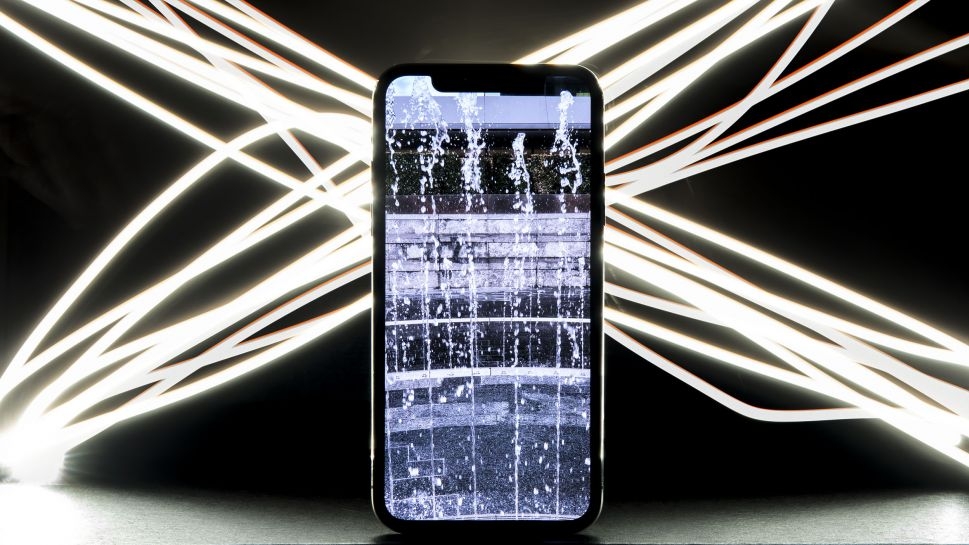
No competition, really: the most expensive flagship around is also “the closest to smartphone perfection Apple has ever got” according to our review. It’s a big departure from the usual iPhone fare, but in the best possible way.
In return for all your money, you get the best screen ever on an iPhone, the incredibly impressive Face ID unlocking system, the TrueDepth selfie camera with its sophisticated portrait options, and of course the meme-spawning Animoji. The main camera isn’t the very best out there but it’s impressive, strong and reliable, with improved low-light performance over previous iPhones.
Battery performance has improved a bit, too - partly thanks to the OLED screen - and of course the X includes wireless charging to make juicing up easier.
Combine that with a re-tooled iOS 11 and some of the most powerful performance on the market, and you’ve got the Apple all-rounder we’ve always wanted.
Read the full review: iPhone X

Note: While it’s a tough call between this handset and the Honor 9 for best value, the latter is not coming to the US and Australia, whereas the OnePlus 5T is available more widely. UK readers will want to take a look at both before choosing.
The 5T continues the OnePlus tradition of packing the majority of this year’s flagship features into a much less expensive phone.
This time around you get face unlock, a 6.01-inch 18:9 OLED display, 16MP and 20MP dual cameras on the back and some very impressive specs, including the Snapdragon 835 SoC and 8GB of RAM on the top model.
Understandably given the price, most of the 5T’s selling points have a caveat, but none of them are likely to trouble you at night. The face unlocking feature isn’t as good as Apple’s (duh), the screen is HD rather than QHD (oh well), there’s no microSD expandable storage (but you get 64 or 128GB to begin with), there’s no waterproofing or wireless charging (meh), it doesn’t have Oreo (but will soon).
The camera doesn't compare to some of its top-end competitors - but then nor does the price, and for the cost it's not half bad.
The battery life and Dash (fast) charging are as strong as on previous OnePlus devices, and blessedly the 3.5mm headphone jack is still there. For the money, this is a really satisfying package.
Read the full review: OnePlus 5T

Motorola is widely regarded as the king of budget phones, and after a long reign with various versions of the Moto G5, it’s now outdone itself with the E4 Plus. With a gigantic 5,000mAh power pack and a less-demanding 720p screen, this phone goes on and on and on.
As you might expect for $179.99/£159 (around AU$240), it has its weak points: it’s a little chunky, a little heavy, and the cameras are mediocre.
However, you do get a higher-quality metal design with a fingerprint scanner, more-or-less stock Android (though currently Nougat rather than Oreo), some fun gestures like karate chopping to turn on the flashlight, and decent performance - though it’s not one for serious gamers.
It’s impressive to have a highlight at all in a phone at this price, and we can honestly say the battery life on the G4 Plus knocked our socks off.
Average use saw it last two days on a single charge, making it an ideal choice for people who just want something that works, runs all the usual Android apps and won’t die before they leave work.
Read the full review: Moto E4 Plus
- In the market for a tablet? These are the best
